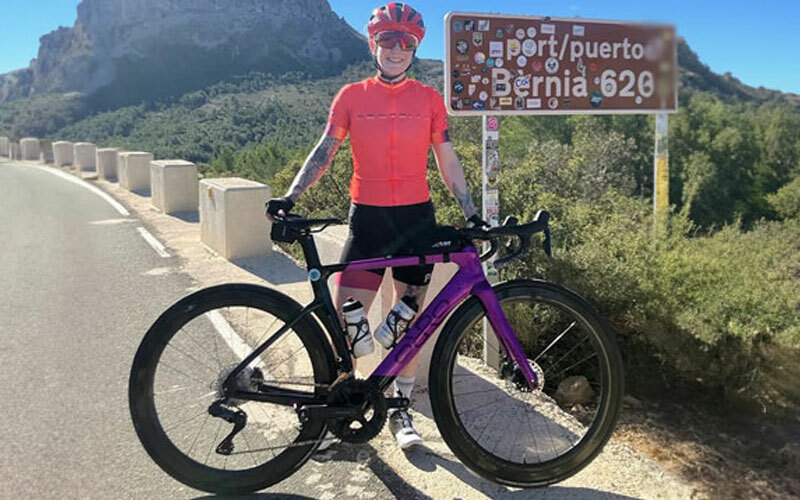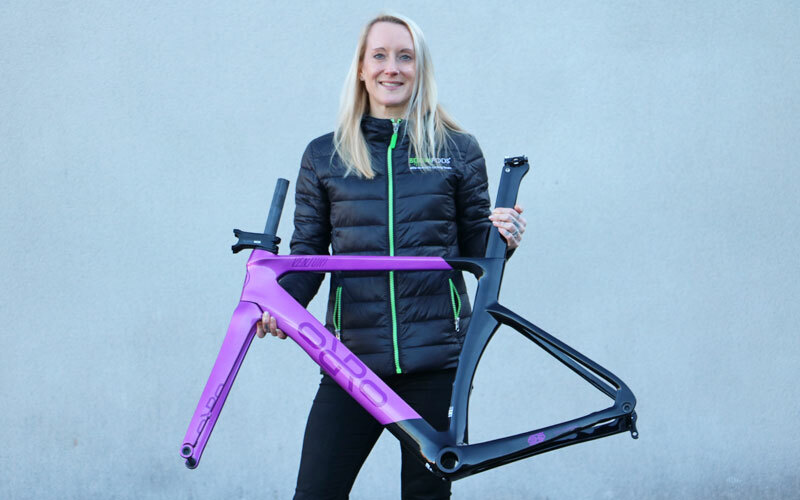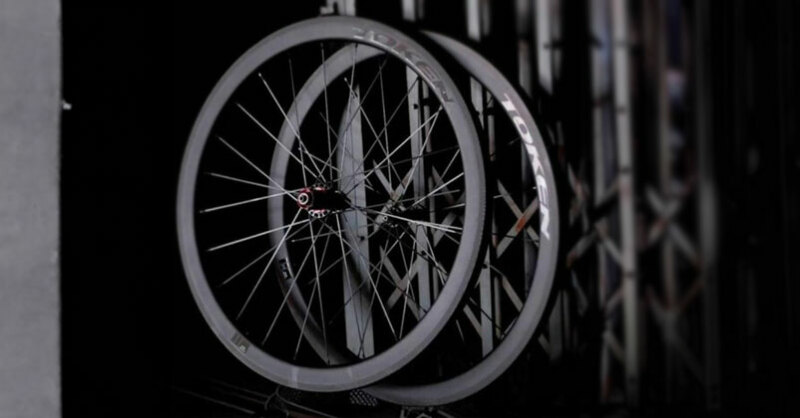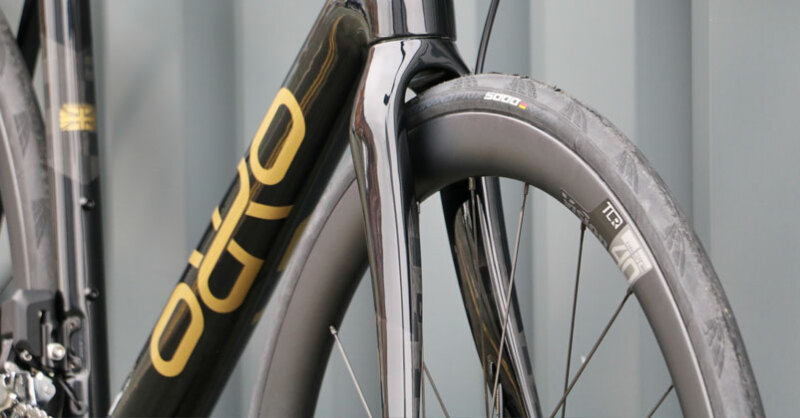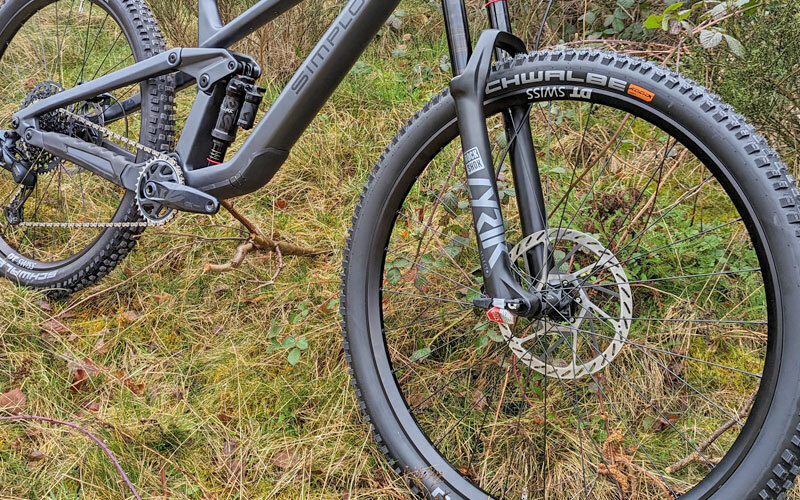Road Bike Guide
Featuring drop handlebars and sleek lines, a road bike is the collective name for bikes designed to be ridden on smooth tarmac roads. With their narrower wheels and more streamlined riding position (compared to a mountain bike, for example), road bikes allow riders to travel further and faster, using less effort. Road bikes also have a narrower range of gears than a mountain bike, but road bike gear ratios are closer together, this allows riders to find their ideal pedalling cadence over most roads and in most conditions.
.jpg)
Different Types of Road Bikes
Today road bikes are manufactured to slot into several genres, depending on the type of rider they are aimed towards.
.jpg)
Sportive / Endurance Bikes
These road bikes are ideal for long road rides with their slightly more upright riding position and more relaxed geometry, great for those new to road cycling. They are ideal for completing sportive / challenge type rides with many hours in the saddle. Frames tend to be a little more forgiving and offer more comfort. In terms of gearing, Sportive / Endurance bikes usually have compact (50/34) or semi compact (52/36) size front chainrings, matched with 12 – 28 (or similar) tooth sprockets on the rear cassette.
.jpg)
Road Race Bike
Road race bikes are designed to be nimble and agile, with geometry to optimize faster handling and a more aggressive / stretched out riding position. In terms of gearing, they traditionally have 53 / 39 chainrings, however compact 52/36 is becoming a more popular combination. 1X (single chainring) bikes offer another alternative, with a single front chainring and a wide range cassette.
.jpg)
Aero Road Bike
They say “you can’t buy speed…”, well these bikes come close. Aero road bikes cut through the air efficiently, smooth aero frame tube profiles reduce drag, combined with an aggressive riding position. These are the fastest drop bar road bikes, ideal for racing, battling your ride mates or tacking your local Strava segments. The down side to all those aero features can be extra weight. Aero road bikes are fine for use in bunch riding / racing not to be confused with time trial / tri bikes which can only race individually or in team time trials.
Also check out commuter hybrid road bikes as well as Gravel and Cyclocross bikes – yet more variations on the adaptable road bike platform.
So what type of Road Bike should I buy?
This depends on what type of riding you enjoy.
General Riding / Fitness
If your bike riding is part of your all-round fitness regime or just want to gain fitness and perhaps ride to the shops or ride in traffic, a flat bar road bike / hybrid or an entry level road bike could suit your needs. They are ideal for new riders who want to get out to improve fitness. If you want to ride further and maybe ride a sportive event or like the idea of riding further afield, a sport / endurance road bike might be the better option for you.
Road Riding
For new riders, interested in exploring their local lanes and perhaps heading further afield, an endurance / sportive bike could be the best option for covering reasonable distances with relative ease. These bikes offer more comfort than road race bikes, with the more relaxed riding position easier for new riders to adapt to. Clearance for slightly wider tyres can add comfort and also the ability to travel rougher roads and tracks. If gravel and dirt tracks are your thing, take a look at Gravel & Cyclocross bikes.
Competing / Need More Speed
Riders looking to take their passion for riding to the next level and competing, a Road Race bike will make help make racing a reality. More aggressive race geometry makes a road bike more enjoyable and exciting at speed, on climbs, corners and descents. A stiff yet compliant frameset transfers power more directly while not being too harsh on the body of the rider. Aero road bikes can offer a pure speed advantage, however they can be heavier, so are generally better suited to shorter, flatter rides. Whether you are keen to trim your time on a Strava segment, or steering towards competing in road events, a race bike or aero road bike will help achieve your goals.
The ‘Nitty Gritty’ on road bikes…
Frameset Materials
Road bike framesets are manufactured in four main materials; Steel, Aluminium, Carbon Fibre and Titanium. Steel offers a solid, predictable ride and tend to last a long time. The downside to steel framesets is that they tend to be heavier. Aluminium framesets have a good mix of qualities which suit many riders, they tend to be relatively inexpensive and last well. More expensive alloy framesets tend to be lighter and offer more compliance which aids comfort. Carbon Fibre is a light and relatively tough material which can provide a comfortable, yet still stiff ride. Carbon frames offer good vibration damping properties and builders can use different grades of carbon and numbers of layers to fine tune parts of the frame. Most carbon frames are made with layers of carbon sheet and resin pressed into molds, some are still made by hand (Colnago C64) or even woven (Time). The downside of carbon fibre is that it cannot easily be repaired. Most road bikes, except some entry level bikes, feature carbon fibre forks. Carbon forks offer good vibration soaking qualities and relatively light weight.
.jpg)
Groupset
The collection of components that control a bike’s braking, gearing and transmission are known as the groupset. Three main manufacturers produce groupsets for road bikes, Shimano, Sram and Colnago. Road bikes in the lower price range will usually feature simpler, more basic groupset components. The good news even with lower cost groupsets is that they have many of the ‘trickle down’ features of higher level groupsets of a few years ago. The big three manufacturers have all embraced electronic gearing in their upper level groupsets. Electronic gears are operated with battery and tiny motors, rather than traditional cables and springs.
.jpg)
Disc Brakes or Rim Brakes?
All groupset manufacturers have embraced disc brake technology as an option in their groupset offerings. Many bikes are available in disc or rim brake versions. Some people prefer traditional rim brakes, others prefer disc brakes. Groupset manufacturers and bike producers recognize this too, catering for both disc and rim brake fans. The main benefits of road bike disc brakes are; consistency of braking in all weathers, powerful braking, no rim wear, improved modulation / feel of braking, ‘thru’ hubs are structurally very solid. The benefits of rim brakes are; lighter, quicker / easier wheel removal / changes, Easier home maintenance.
.jpg)
Why are Wheels Important?
Wheels on entry level bikes are often heavier and suited to general riding. As you move up the price points, wheels get lighter and often stronger and stiffer. Lighter wheels allow easier, faster climbing and feel more ‘spritely’ for general riding. Wheels featuring a deep aero profile carbon rim offer an aerodynamic advantage and can be faster than on flatter roads. Some high end road bikes come fitted with deep carbon rims.
.jpg)

